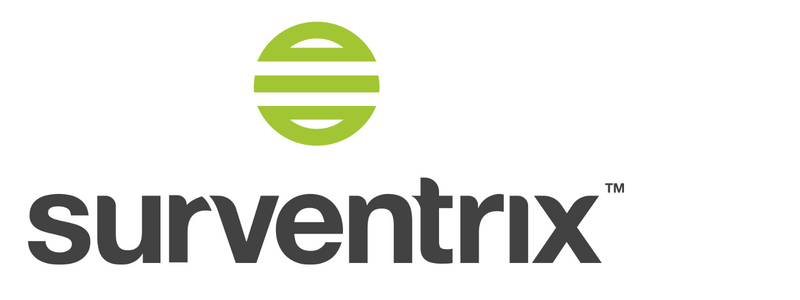Six steps to creating an easy referral program for your surveying firm
Many surveying firms with small businesses rely on word-of-mouth marketing as their primary source of revenue. New customer acquisition can be expensive and time-consuming (especially if you're covering a large area and don’t have a big marketing budget). The ability for existing customers to sell on your behalf is a great way to drive new business leads.
If you set up a referral program for your practice, you can encourage your customers to spread the word rather than waiting for them to do so.
Creating your own referral program can be done in a few simple steps.
What is a referral programme?
The goal of a referral program is to gain word-of-mouth recommendations for your firm, normally by rewarding existing customers for bringing in new ones.
The effectiveness of referral programmes can be attributed to a few factors. The likelihood of buying from a business recommended by someone you know and trust is higher. Also, many people are happy to share their good experiences with businesses because it's a great way to help their clients, friends and family.
Step 1: Understand your current customer journey
It is crucial to understand how your existing customers buy from you before you begin building your referral program.
You should ask yourself how many points of contact you have with each customer. In the case of immediate and in-person transactions, you may need to introduce your referral program at the time of purchase. When customers buy from you online, you will likely have their email address and more opportunities to communicate with them. In addition to leaving something with them after the survey.
Your referral requests can be tailored to the right stage of the customer's journey this way. A referral usually occurs when your original customer has a positive interaction with your business, and most referral incentives encourage them to do business with you again. Get in quickly to tell them they can benefit from telling other people about your business when their positive feelings for you are at their height.
Step 2: Decide what incentive to offer
It's up to you what you'll offer your customers for referring you. In your messaging, this will be the main thing that will convince them to help your business. All of us like to be helpful, but we also want to know what's in it for us!
Don't break the bank by offering huge commissions to referred customers. To make sure you won't lose money, use your average customer spend to inform how much you're willing to give.
You can offer percentage discounts to friends and family, a voucher or you can send them a gift. Consider giving the referred customer an incentive as well. Referral rewards are even more effective ways to persuade potential customers to choose your business if they have been referred by someone they know.
Step 3: Keep track of your referrals
When it comes to rewards, you can't give them out unless you know which customers have referred you. Therefore, you must distinguish regular purchases from referred purchases.
The number of customers you serve each month will determine whether you need a manual system or a high-tech solution. To track your referrals, make sure you choose a different code for each customer. You can choose your own referral codes at the basic level. In Surventrix, we make it easy for you to track referrals on each project. At the end of the month, you can easily track how many referrals come through and reward them accordingly.
Step 4: Encourage customers to refer you
It doesn't matter how much your customers like your business, if it takes them too much effort to refer, they won't. The more time it takes, the less likely they are to refer. Provide customers with as little pain as possible during the process. This could be an online form on your website. If you have an admin team, it could also be easily tracked on a spreadsheet.
Step 5: Stay on track
As soon as you launch your referral program and start seeing results, you should double down. Referral programs work quietly in the background, generating new customers without taking up much of your time.
You can remind customers about your referral program when you speak with them, and send them occasional emails promoting the offer and providing their link or code. It is also possible to refer to these in regular communications, such as invoices and order confirmations.
Consider offering extra rewards to customers who refer multiple people. Each time they refer a new customer, you can reward them with tiers that stack with each new customer.
Step 6: Monitor your progress
For some businesses, referral programs can be a great source of revenue - but not for all! It's crucial to monitor your return on investment (ROI) and how it's working.
The number of referrals you receive each month, the cost of each referred customer, and the percentage of people referred who become customers can all be tracked. Your referral program will be improved by all of this data, and you'll ensure that your customers are getting what they want.
